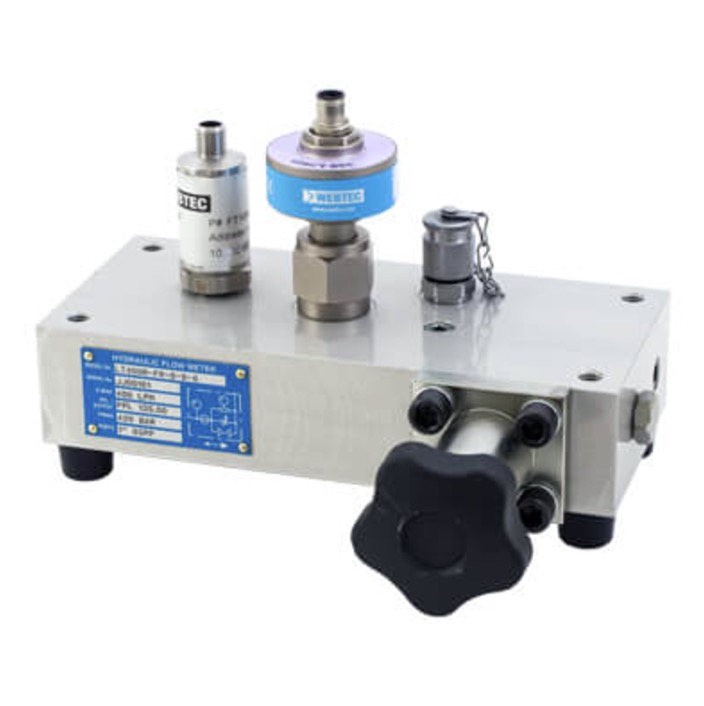Recent Posts
SAE J1939 CAN Range Of Hydraulic Sensors For OEM Mobile And Industrial Applications
Posted by on
 The new SAE J1939 CAN range of hydraulic sensors from Webtec (Milwaukee, WI) are designed for OEM Mobile and Industrial applications where the user needs real-time continuous monitoring of hydraulic flow, pressure and temperature on high-pressure hydraulic systems for closed loop control, to predict imminent hydraulic failure or for diagnostic fault-finding.
The new SAE J1939 CAN range of hydraulic sensors from Webtec (Milwaukee, WI) are designed for OEM Mobile and Industrial applications where the user needs real-time continuous monitoring of hydraulic flow, pressure and temperature on high-pressure hydraulic systems for closed loop control, to predict imminent hydraulic failure or for diagnostic fault-finding.
The CT turbine flow meter range with SAE J1939 compatible output provides a convenient digital solution to measure flow and temperature in hydraulic systems. The flow meter can be installed anywhere in the hydraulic circuit for production testing, commissioning, development testing and analysis of control systems.
With the addition of the manual loading valve on the CTR meters, further test scenarios can be simulated and monitored such as pump efficiency.
- Flow: 1-1500 lpm, 0.25 - 400 US gpm
- Pressure: Up to 480 bar, 7000 psi
- Temperature: built-in temperature sensor
- Porting: BSPP or SAE, Bi-directional operation
- Output: SAE J1939 CAN compatible (configured to customer’s specification)
- Optional pressure transducers: 0 to 1000 bar, 0 - 14500 psi
When combined with a pressure sensor all the fundamental parameters of a hydraulic system can be monitored in a single, compact unit with one cable supporting the J1939 protocol.
This book, written by a leading expert in the field of Controller Area Network (CAN) technologies, represents the perfect guide to implementing an SAE J1939 protocol stack for embedded systems.
The book is filled with numerous C/C++ code examples and valuable documentation of the resulting J1939 vehicle network data traffic. It explains in great detail the inner workings of the protocol through designing and transmitting J1939 data frames, receiving and processing J1939 data frames, and simulating J1939 ECUs (Electronic Control Units). Other Arduino sketches (software projects) include a J1939 network scanner, and a simple SAE J1939 to USB Gateway application with associated Windows GUI (Visual Studio C# project).
The collection of sketches is concluded by the ARD1939 project, a fully functional SAE J1939 protocol stack for the Arduino Uno and Mega 2560. As an added value, the included proof of concept explains (by means of code examples and bus traffic recordings) the details of the Transport Protocol (TP) according to SAE J1939/21 (BAM Session, RTS/CTS Session) and the Address Claim Procedure according to SAE J1939/81.
In combination with the low-cost and high-level user-friendliness approach of the Arduino environment, this book represents the ideal platform to learning and implementing embedded applications with the SAE J1939 protocol stack.
 Loading... Please wait...
Loading... Please wait...

